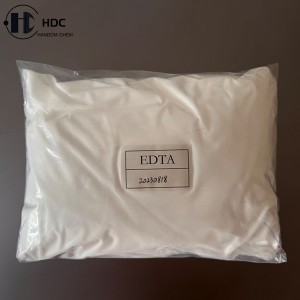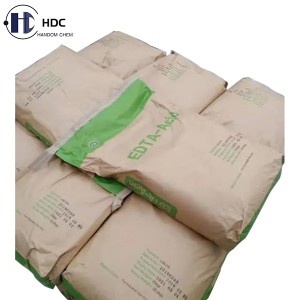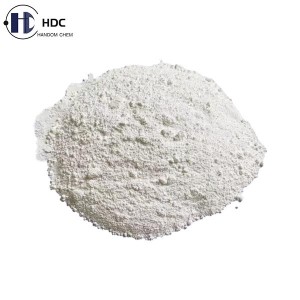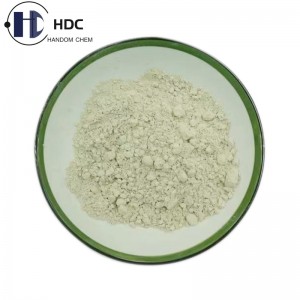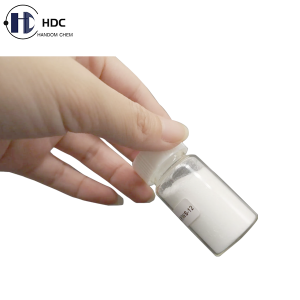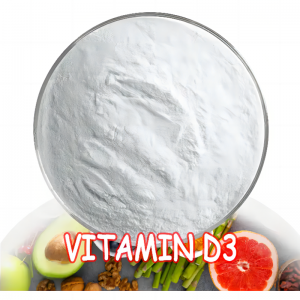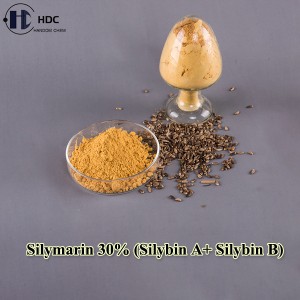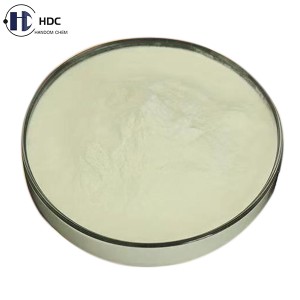Ethylene Diamine Tetraacetic Acid
Brief Introduction:
Ethylenediaminetetraacetic acid (EDTA) is an organic compound with the chemical formula C10H16N2O8. It is a white powder under normal temperature and pressure. It is a chelating agent that can combine with divalent metal ions such as Mg2+, Ca2+, Mn2+, and Fe2+. Since most nucleases and some proteases require Mg2+ to function, it is often used as an inhibitor of nucleases and proteases; it can also be used to remove the inhibitory effect of heavy metal ions on enzymes.
Specifications of our Ethylene Diamine Tetraacetic Acid (EDTA):
| Test Items | Specifications |
| Appearance | White crystalline powder |
| Assay | Not less than 99.0% |
| Chloride(Cl) | Not more than 0.01% |
| Sulfate(SO4) Content | Not more than 0.05% |
| Iron(Fe) | Not more than 0.001% |
| Lead(Pb) | Not more than 0.001% |
| Chelating Value | Not less than 339 |
| pH Value(5% solution) | 2.8 ~ 3.0 |
| Loss on Drying(105±2℃) | Not more than 0.2% |
Applications:
Ethylenediaminetetraacetic Acid (EDTA) is a commonly used chelating agent. Chelating agents refer to compounds that can form stable complexes with metal ions, EDTA can form chelating complexes with a large class of metals. Its common functions are as follows:
1. Food Additive: EDTA is widely used as a chelating agent in food for antioxidant and preservative effects. It can combine with oxidizing metal ions and prevent the oxidation reaction of these metal ions, thereby delaying the aging and deterioration process of food.
2. Enhance the Stability of Dyes: EDTA can form stable complexes with metal ions to fix the dye molecules on fabric or paper and improve color fastness.
3. Cleaning Agent: EDTA can combine with metal ions to form a complex to remove scale and stains. For example, based on the principle of complexation, precipitates containing metal ions are converted into solutions in aqueous solutions and used to clean reaction vessels and experimental instruments.
4. Cosmetics: EDTA is widely used in cosmetics to stabilize metal ions in formulas and prevent them from reacting with other ingredients to produce unstable products.
5. Medical Field: EDTA can act as a chelating agent by combining with metal ions, and is used to treat heavy metal poisoning (such as lead poisoning). EDTA can combine with heavy metal ions in the body to form complexes, thereby reducing the damage caused by heavy metals to the body.
6. Water Treatment: EDTA is widely used in water treatment. Used to remove metal ions and hardness from water to prevent corrosion and blockage of water pipes and equipment.
Packaging:
25kg per Paper Plastic Composite Bag.
Storage Conditions:
Preserved in unopened original containers in a cool dry place before using; kept away from direct sunlight, heat and moisture.
Shelf Life:
24 months if stored under above mentioned conditions.



